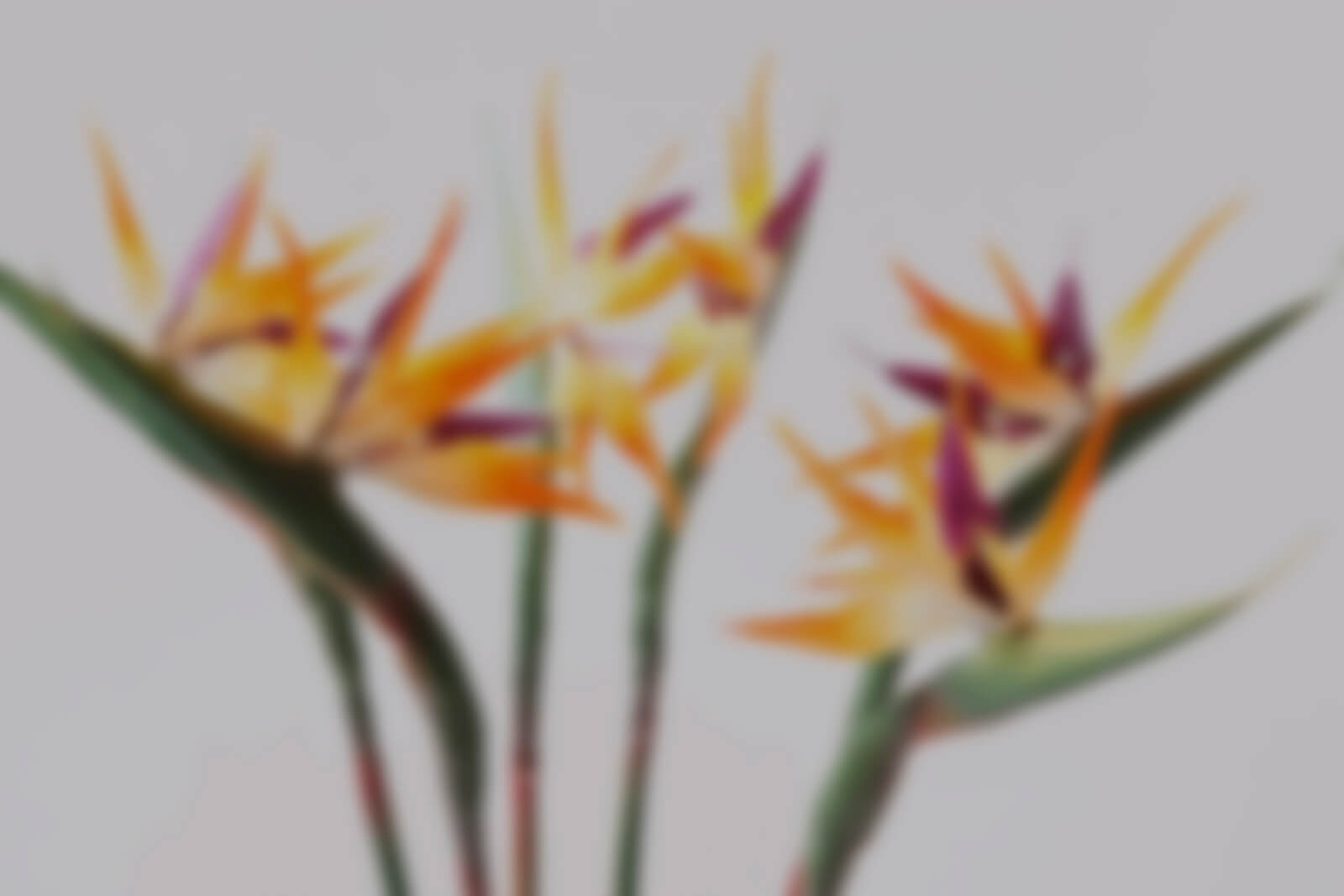How to Adapt Your Floral Décor for Different Cultures
If you want to play around with your home or commercial décor, or if you have a client that has asked you to incorporate certain design features from another culture, then learning how to infuse your interior décor with beautiful visual effects from other countries will help you take your designs to another level. It allows you to play around with colours and shapes that you may not have used before in your interior or even exterior décor.
Whether you design and install floral installations that are completely influenced by another culture, or choose to use certain features to create your own unique decorations, this guide will help you learn about adapting floral décor for different cultures.
Use Architecture to Help Develop Design
The architecture of a country can tell you a lot about what patterns, shapes and colours are used. If you want to create a floral installation that is inspired by a particular country, take a look at their buildings. In a lot of cases the exterior of a building, will be reflected in the interior décor. For example if you like Dutch style architecture, with it’s tall, slim buildings, you can expect to see interior décor that reflects that, with large flower installations for rooms with high ceilings, or if you enjoy modern Japanese architecture, you will see stylish but simple interior décor.
Blend Hybrid Styles
If you want to give yourself space to experiment with your floral décor, you can blend design elements from different cultures together. This gives you more room to try out original installations that are a combination of your own persona style, and that of various cultures. There are some examples below of cultures that have a hybrid style of their own.
Moroccan Style
Morocco is at the top of North Africa but it is also very close to Spain, this has led to it having a unique interior design style that is a blend of many cultures. Islamic interior and exterior decor combines shade with flowing water and luscious foliage and is about colour and patterns first and foremost. If you have ever visited Morocco, you will have been surrounded with a blend of bright colours such as azure blue and ice white as well as the warm colours of the spice market, think terracotta, burnt umber, topaz, violet, turquoise, deep red and gold. Moroccan design and Islamic design in general uses patterns and geometric shapes, as well as different textures. Flowers that are seen in a lot of North African interior décor include Persian and Damask Roses, Geraniums, Poppies, Chrysanthemums, Ranunculus, Palms and long Grasses.
Spanish Revival Decor
Spanish Revival décor mixes elements from the Mediterranean as well as North American for a cosy yet stylish look. It blends old world refinement with rustic elements, and plays around with dark and light.
The interiors tend to be decorated in warm colours such as oranges, yellows and pale red and often have brushed plaster and exposed brick as a feature. They often feature patterned tiles and wrought iron decorations, which can be incorporated into your interior design. For flowers, think chic orchids, gladioli, bougainvillea, all piled into terracotta pots.
Hygge Chic
Scandinavian interior design combines comfort with functionality with an accent on the natural world. It uses neutral tones, mixed with pale colours such as primrose yellow, baby blue, powder pink and soft white. When using flowers think hydrangeas, Queen Anne’s Lace, heather and eucalyptus
Japanese Minimalism
Japanese interior and exterior design uses natural materials and colours and is built around the idea of peaceful simplicity. Many traditional homes in Japan use bamboo and other woods and are left in their natural colours, and not stained. Colours used are off white, beige, oatmeal, as well as more deluxe lacquered red and black. Popular flowers in Japanese floral installations include Peonies, Roses, Gardenias and Chrysanthemums as well as single stem orchids.


